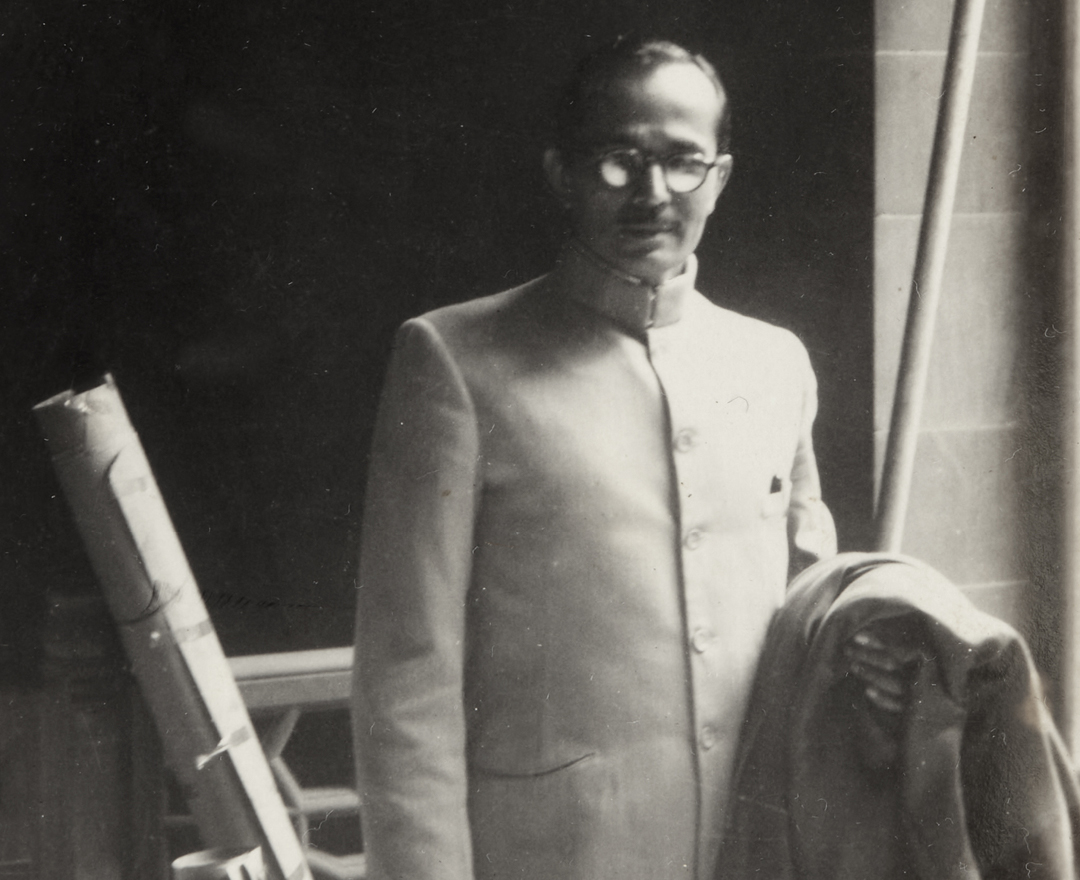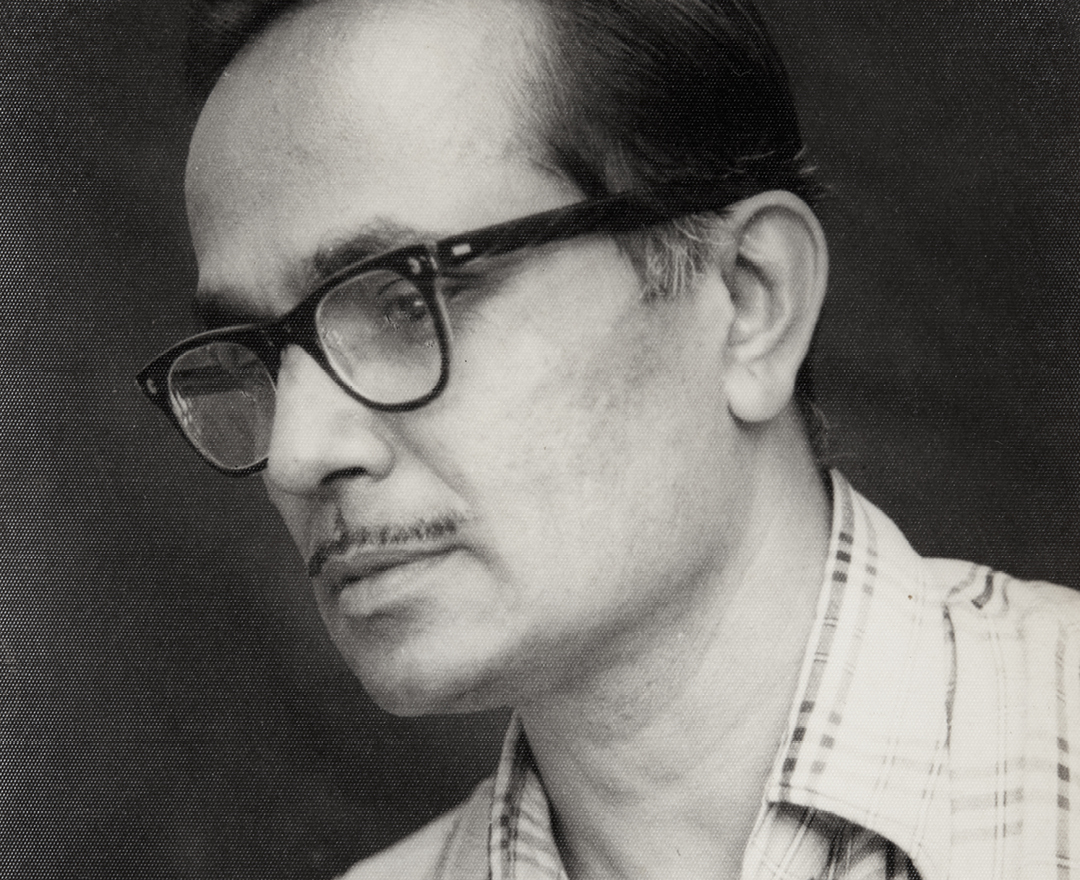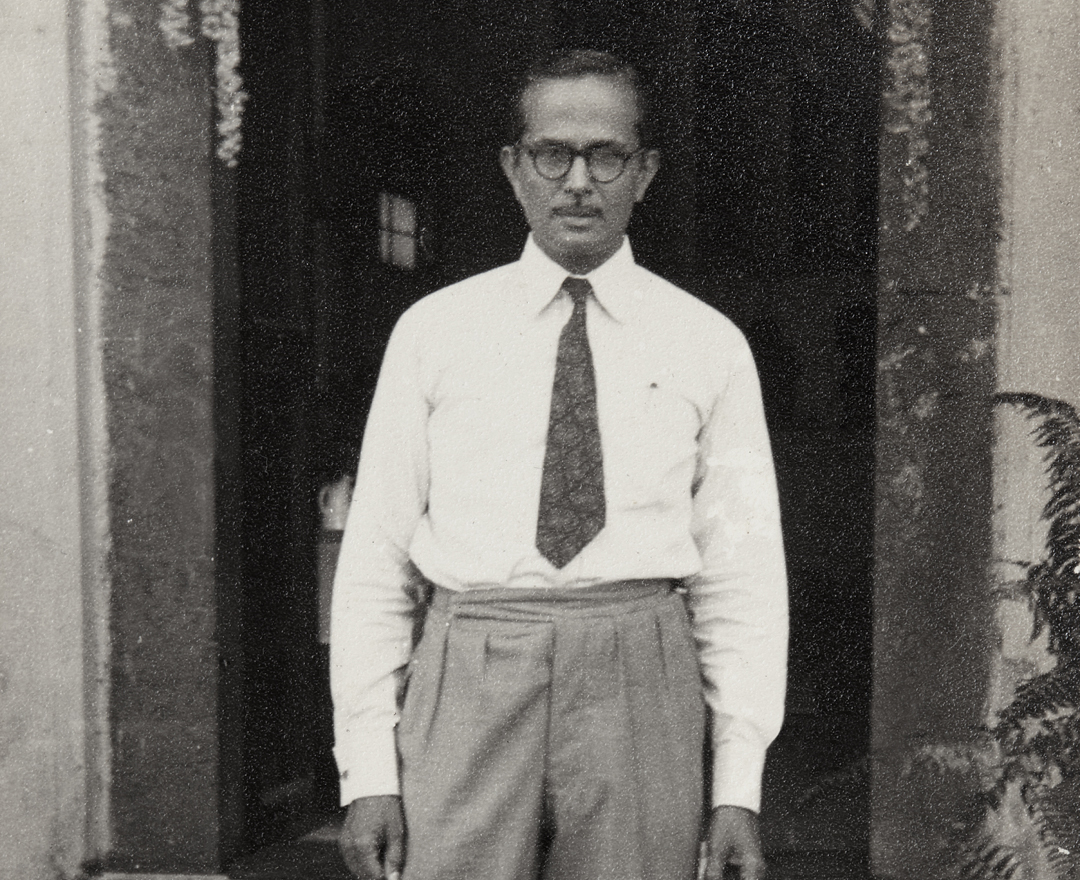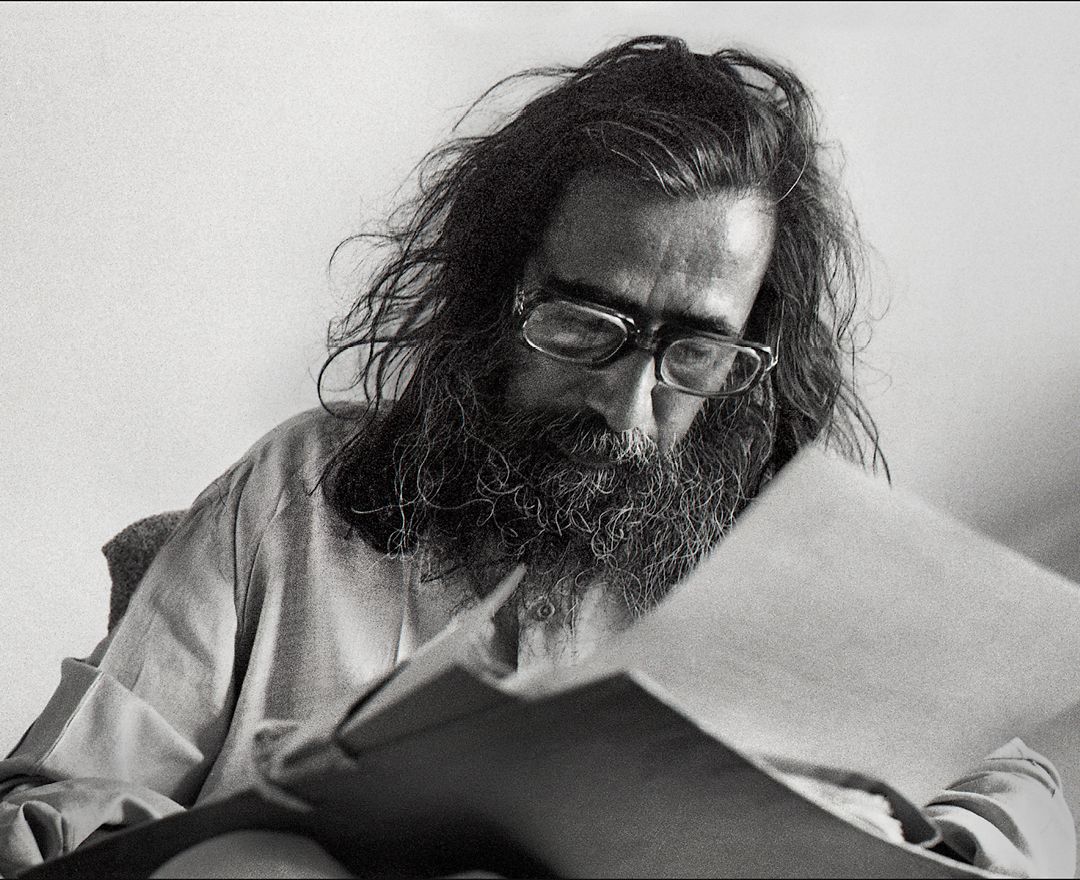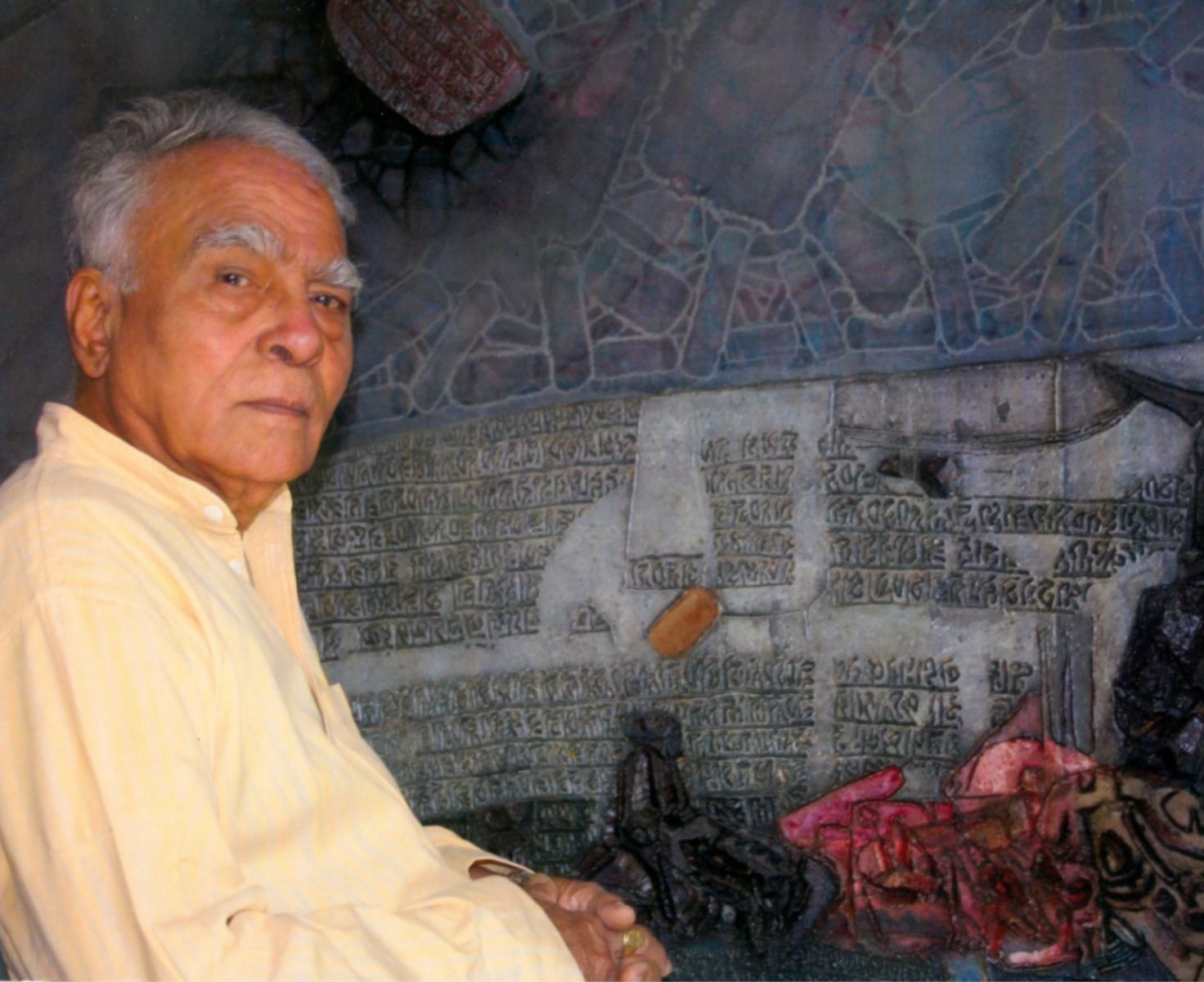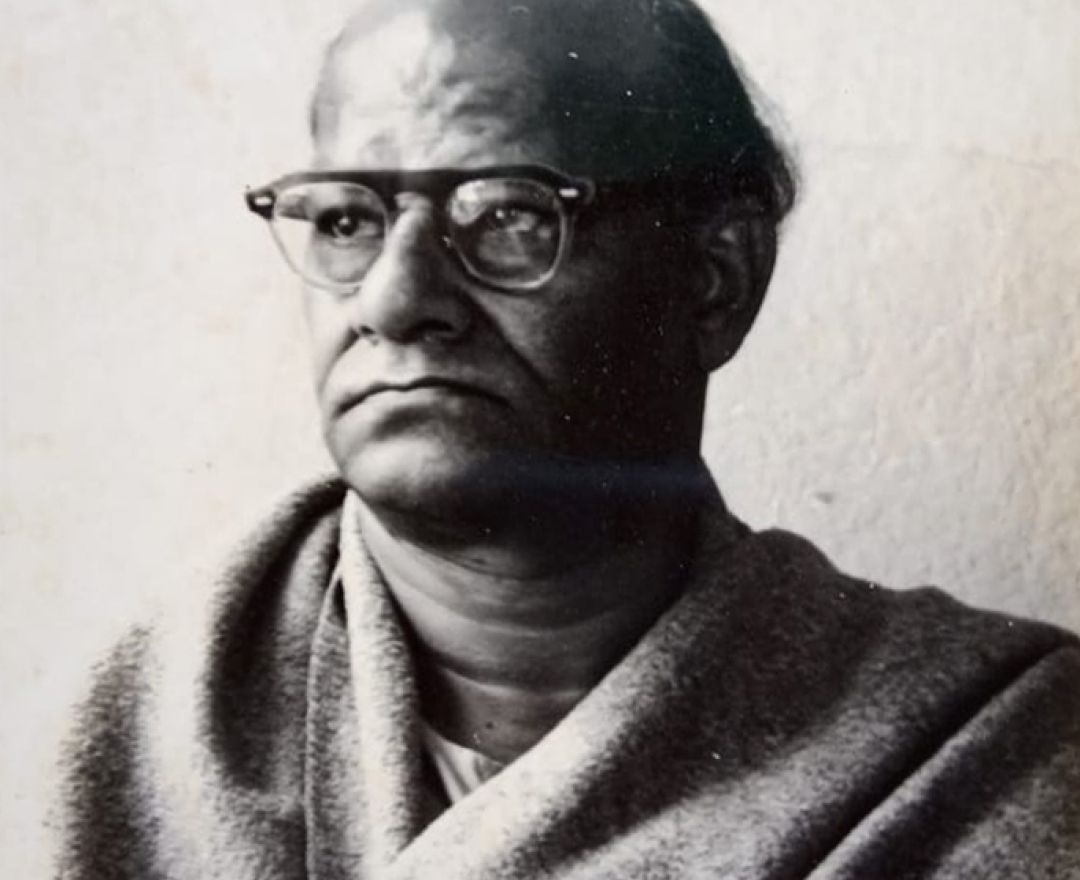1911
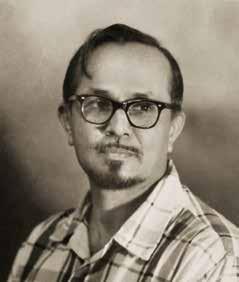
Kovalezhi Cheerampathoor Sankaran Paniker is born in Coimbatore,
Tamil Nadu.
1918
Gives up his college education to take up a job with the Telegraph
Department, and later joins the Life Insurance Corporation of India,
to support his family after the death of his father.
1923
Begins painting at the age of twelve.
1928
Now seventeen, his work features in Madras Fine Arts Society’s
annual show.
1936-40
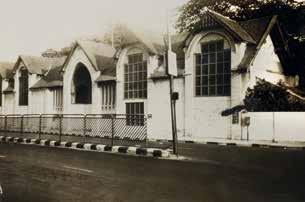
He is twenty-five when he begins his formal art education at
the Government School of Arts, Madras. It is here that Paniker
begins his fluid watercolour landscapes, drawing from the Kerala
environment.
1941
He is appointed a teacher in his alma-mater.
1944
Paniker establishes the Progressive Painters’ Association in Madras.
1944-53

He experiments with post-Impressionism in the manner of Vincent van
Gogh and Paul Gauguin. It is during this period that biblical references
to Christ and Lazarus appear in his work. In these paintings, Paniker
restricts the use of colour and suspends the form in a monochromic
lucidity.
1953-54
His trips to the West make him aware of his position in the ideological
struggle between the East and the West, invoking a desire to represent
indigenous traditions as an Indian artist. He begins to interpret
metaphysical and spiritual knowledge without being deemed
traditionalist—instead, invoking global recognition.
1954
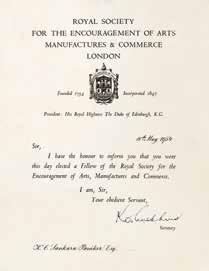
Paniker is nominated one of Nine Eminent Artists and made a member
of the executive board of Lalit Kala Akademi, New Delhi.
Travels to Paris where he meets Picasso.
At a one-man show at India House, London, his work is criticised for
lacking a deep ‘Indian-ness’.
Is made a fellow of the Royal Society for the Encouuragement of Arts,
Manufactures & Commerce, London.
1955
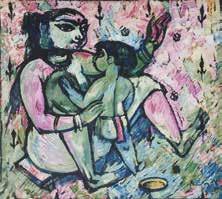
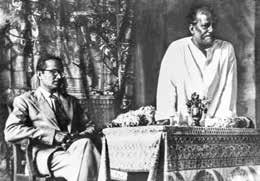
His painting, Life of a Malabar Peasant, highlights the role of the
working class in the cultural imagination of India.
He begins to reject Western hegemony, increasingly characterised
by an enlargement of the head, elongated human figures, people in
groups, and a dark palette. They are similar to the artistic style of
Jamini Roy in terms of figuration and perspective. He takes charge as vice-principal of the art school.
1956
His painting Lumbini or Life of Buddha marks his departure towards an increasingly philosophical disposition, using iconographic symbols
of man in nature as represented by space. In terms of colour, his
canvases became light and foggy with pinkish pigments.
1957
Is appointed principal of the Government School of Arts upon the
retirement of D. P. Roy Chowdhury.
His works are part of the national exhibition, Lalit Kala Akademi,
New Delhi.
He attempts to compose and mould figures in the style of Ajanta frescos
in Blessed are the Peace-makers as part of his experimentation with
the mural and sculptural traditions of India.
1958-59
Introduces figures for the first time into his geometricalised canvas.
1961
Participated in the VI Biennale de Sao Paulo, Brazil.
1962
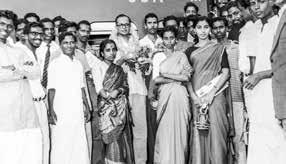
Upgrades Government ‘School’ of Arts and Crafts to Government
‘College’ of Arts and Crafts, Madras.
1963
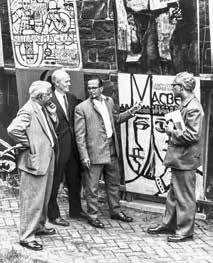
Represents the Indian delegation as a member at the World Art Congress, New York. Travel across America and holds discussions
with artists as a guest of its State Department.
Uses elements of Malayali script with diagrams, following Paul Klee,
marking the onset of his abstract visual discourse.
1963 onwards
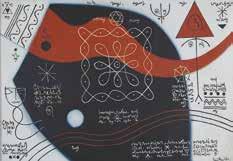
Begins his Words and Symbols series, using scriptural elements,
including phrases and diagrams derived from scientific propositions
or tantric diagrams such as the Hindu yantra (contraption). During
this time, he understood his lines to be representative of words and
symbols, synchronising the alphabet with the pictorial image. His
works henceforth carry these symbols.
Participates in the Tokyo International Exhibition, Japan
Forms the Artists’ Handicrafts Association.
1965
Participates in the Festival Hall Exhibition, London.
1966
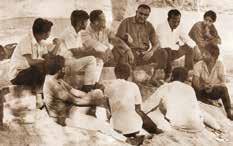

Establishes and nurtures Cholamandal Artists’ Village, just outside
Madras, to bring together the practices of art and craft and provide
an alternative, self-dependent source of income for artists, as well as
to create a new community practice.
1967
Participates in Venice Biennale, Italy.
Wins the national award of the Lalit Kala Akademi, New Delhi.
Retires from the Government College of Arts and Crafts, Madras.
1968
Participates in the first International Triennale, New Delhi.
1970
Participates in the second International Triennale, New Delhi.
1976
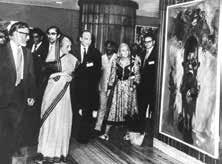
Creates a work especially for an exhibition organised by the Indian
Pugwash Society that is viewed by Prime Minister Indira Gandhi.
Participates in the third International Triennale, New Delhi.
Is elected fellow of Lalit Kala Akademi.
1977
Passes away in Madras on January 15.
2008
Is part of the ‘Modern India’ exhibition organised by Institute Valencià
d’Art Modern and Casa Asia, in collaboration with the Ministry of
Culture at Valencia, Spain.
Is featured in DAG’s ground-breaking ‘Madras Modern: Regionalism
and Identity’ exhibition featuring artists associated with the Madras
School of Art and Cholamandal Artists’ Village.

